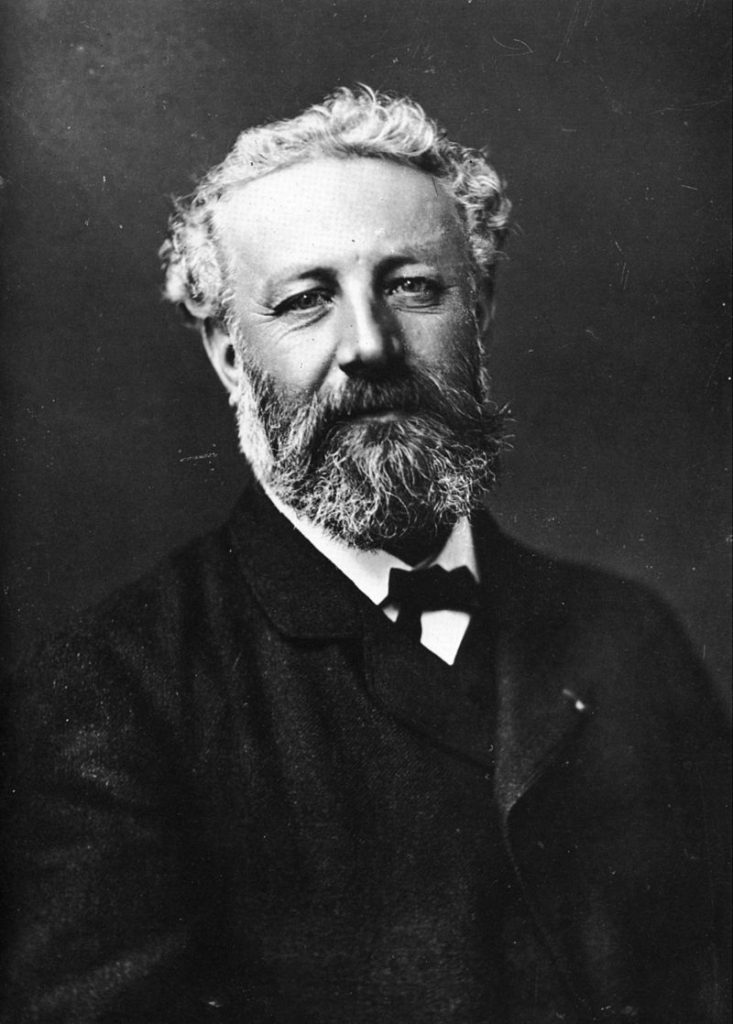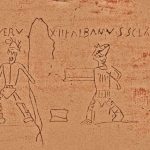The legendary Jules Verne looked to Croatia for inspiration when he was writing one of his famous adventure novels. A look to the Istrian town of Pazin on March 17, 2018
If you’ve been following our series on filming in Croatia, you must have noticed a lot of famous film productions have been hosted by small towns and villages that haven’t yet found their way to the Croatian tourism map. Think of Vižinada in Istria, a small town that hosted Kelly’s Heroes in 1969, or Lekenik near Zagreb which saw filming of the Oscar-awarded Fiddler on the Roof.
We’ll take a break from filming this time around and focus on another field where we can find works of art inspired by Croatia: literature. The first example that comes to mind – at least for us Croatian kiddos who had this fact drilled into our heads during the Croatian language classes in elementary school – is the second most-translated author in the world, the French novelist and playwright Jules Verne.
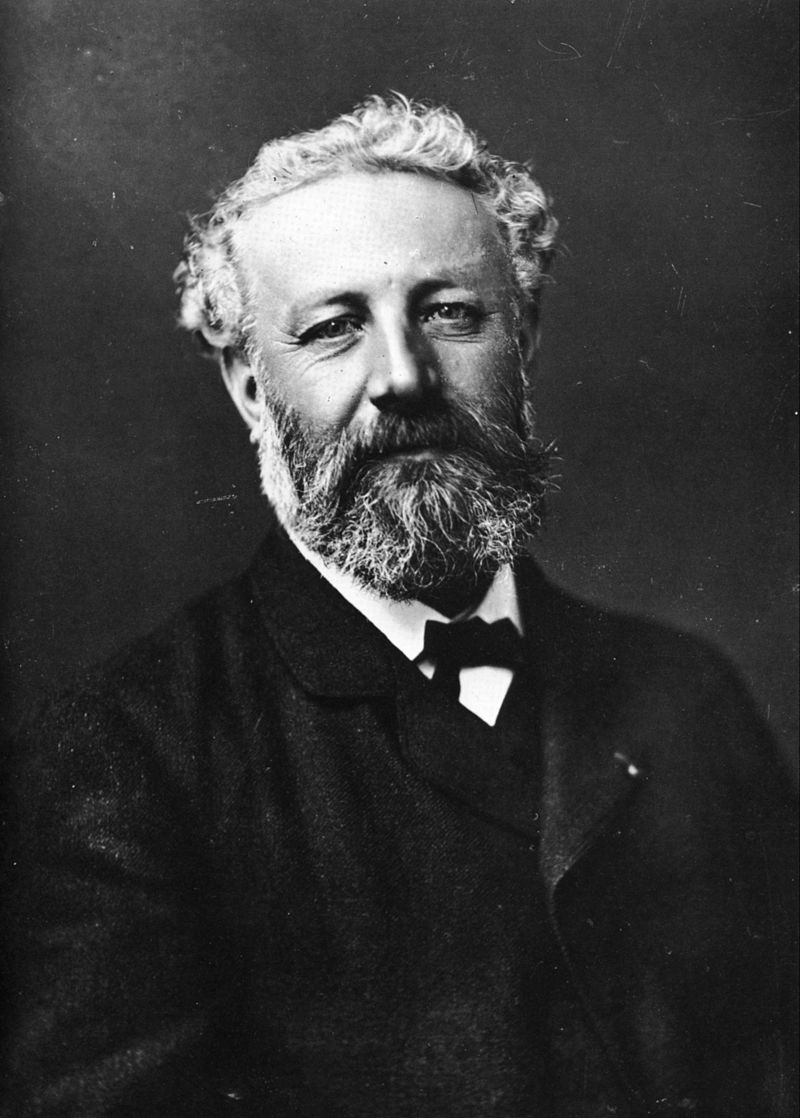
Jules Verne, photographed by Félix Nadar c.1878
Most of us know Verne for his Extraordinary Voyages, a series of adventure novels including the widely popular hits such as Around the World in Eighty Days, Twenty Thousand Leagues Under the Sea and Journey to the Centre of the Earth. According to his publisher Pierre-Jules Hetzel, the goal of Verne’s outstanding series was “to outline all the geographical, geological, physical, and astronomical knowledge amassed by modern science and to recount, in an entertaining and picturesque format that is his own, the history of the universe.” It’s safe to say he’s been quite successful in that regard, his exceptional ouevre getting him the title of the Father of Science Fiction.
So, where does Croatia come into play? The 25th novel in The Extraordinary Voyages, Mathias Sandorf (1885), was partially inspired by another relatively unknown destination, the Istrian town of Pazin.
Here’s a short rundown of the story: three Hungarian conspirators, Count Mathias Sandorf, Stephen Bathory and Ladislas Zathmar, devise a plot to liberate Hungary from Habsburg-Austrian rule. A pigeon carrying their ciphered message gets intercepted in Trieste by two petty criminals named Sarcany and Zirone, so the two meet with the corrupt banker Silas Toronthal and form a plan to deliver the conspirators to the police, hoping to receive a generous reward in turn. The conspirators get arrested and sentenced to death, with Sandorf being the only one who manages to escape. Fifteen years later, we find Sandorf as a renowned physician working under the alias of Dr. Antekirtt; the former conspirator sets out to avenge his friends and travels the Mediterranean in search of the two snitches.
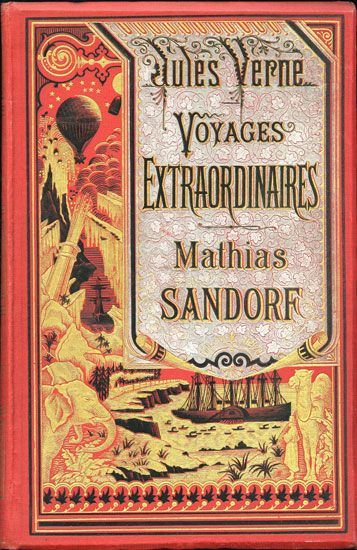
The cover of the first edition of Mathias Sandorf
The most dramatic part of the plot takes us to Pazin: when the Austro-Hungarian police locates and arrests the three conspirators, they get thrown in jail in the Pazin Castle where they wait for execution. Naturally, our three (anti?)heroes aren’t very pleased with this turn of events, so they make a plan to escape: poor Zathmar is quickly captured by guards, while Bathory and Sandorf make their way down the cliff…
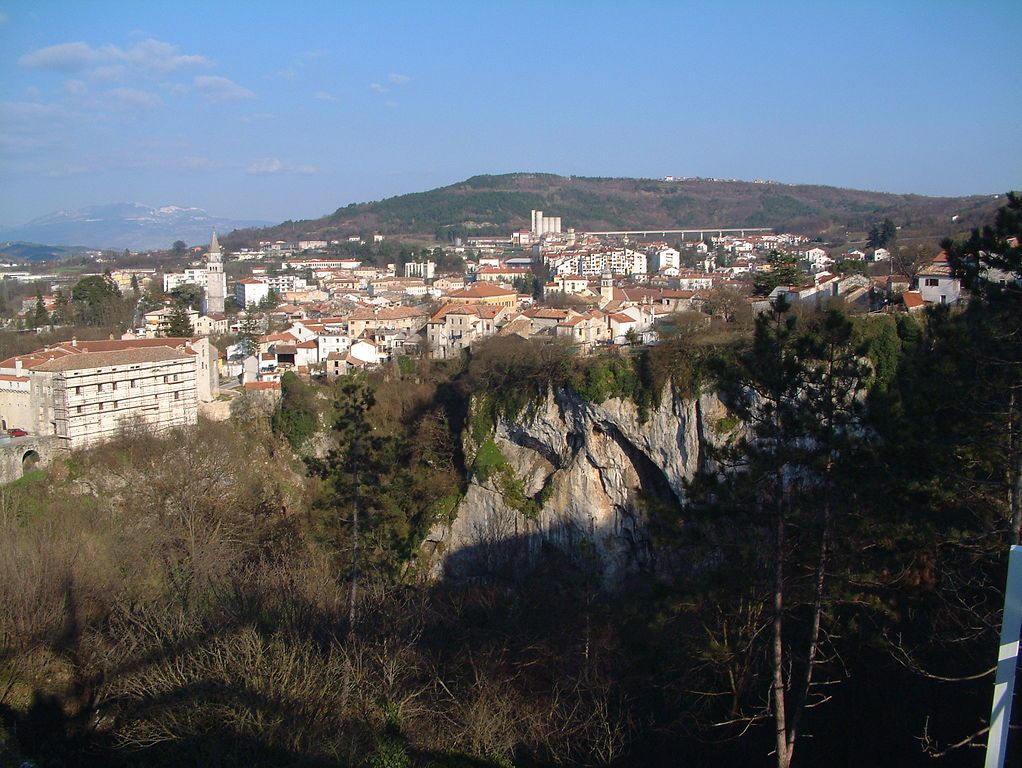
The Pazin Castle on the left
…to the Pazin Pit, also called the Abyss of Pazin…
… and reach the river Pazinčica, where they grab onto a log, letting the stream carry them to the Lim Channel. They head to Rovinj where they seek refuge in the home of fisherman Andrea Ferrato, whose enemy Carpena tips off the police. Bathory gets taken back to the Pazin Castle where he and Zathmar meet their untimely death by the hand of the firing squad, while Sandorf, backed into a corner, jumps into the sea from a cliff in Rovinj and is never seen again – at least not as Sandorf.
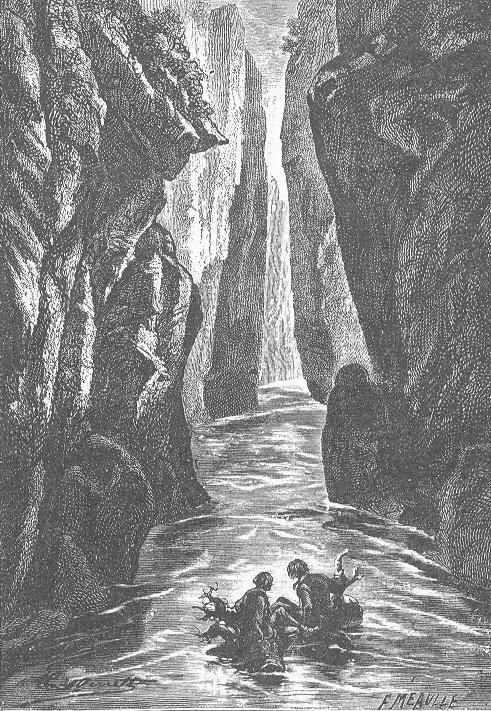
Illustration from the first edition of Mathias Sandorf – Pazinčica river
The Pazin Castle was first mentioned in 983 in a document issued by Holy Roman Emperor Otto II, who confirmed the ownership of the castle to bishop of Poreč. The medieval fortification was controlled by Istrian Margraves and the House of Habsburg, and then got bought by Antonio Laderchi de Montecuccoli whose successors continued to own the castle for some two hundred years, until 1945.
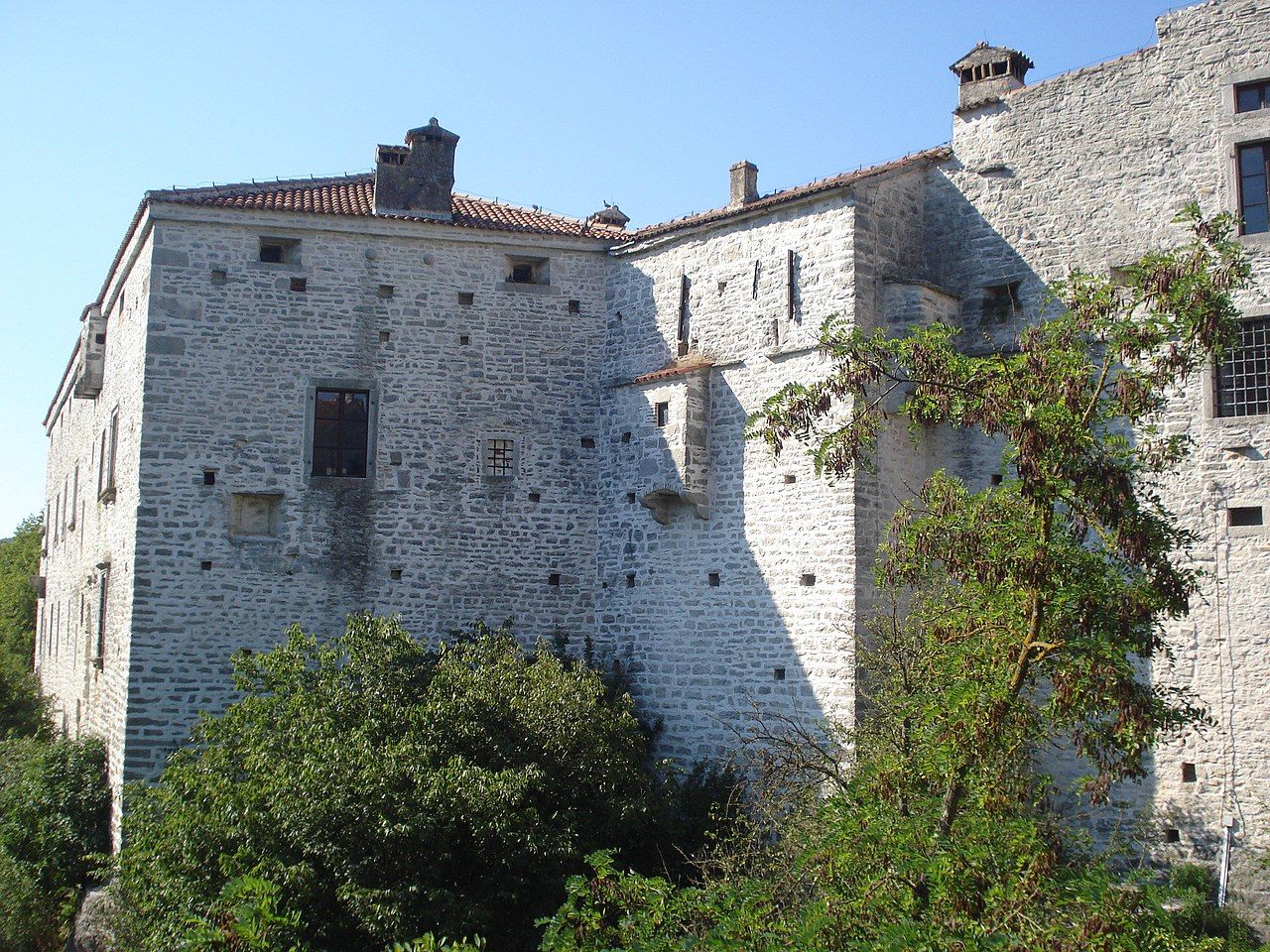
During the last couple of centuries, the town of Pazin went through some tumultuous times, being subjected to various rulers and made part of multiple countries: the Venetian Republic, the Habsburg Monarchy, Napoleon’s French Empire, the Habsburgs once again, Italy, Yugoslavia, and finally Croatia.
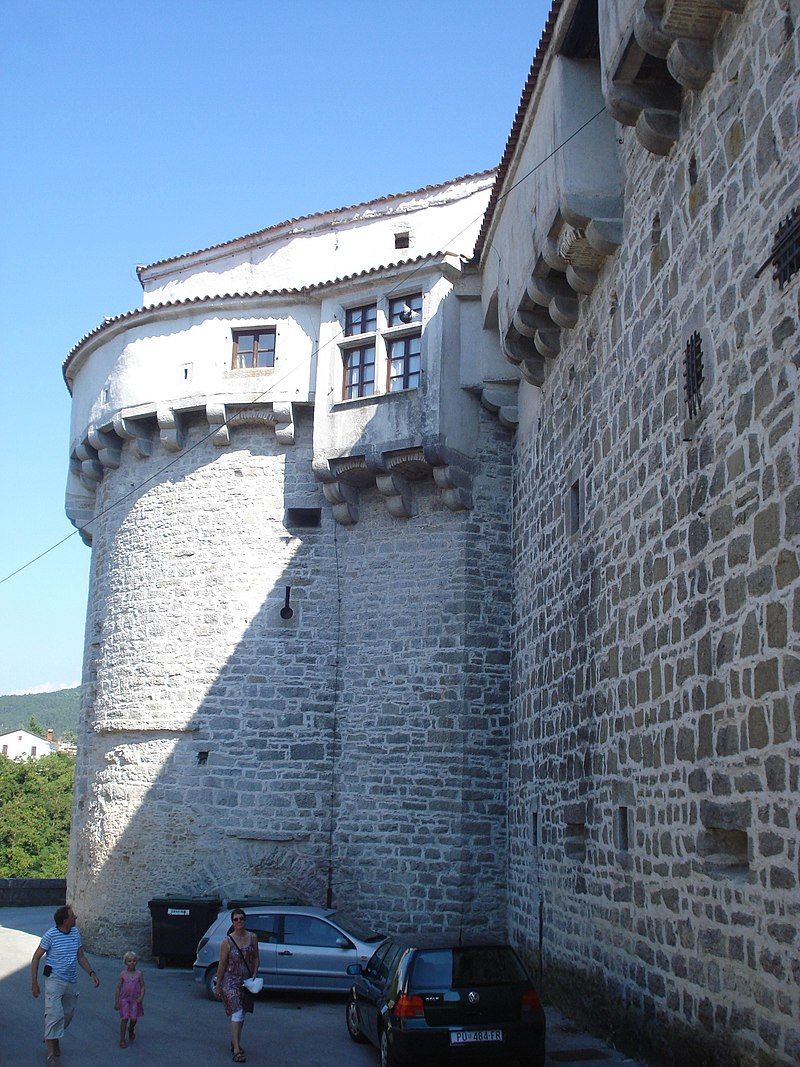
The town of Pazin is immensely proud of its connection to Jules Verne. The street located across the Pazin Castle is named after the acclaimed novelist; an amateur theatre which used to be active in Pazin at the end of the 80s was named Mathias Sandorf. The Pazin-based events in the novel took place on June 26, 1867; on the same date in 1998, the town organised its first Day of Jules Verne, carrying on with this newly formed tradition each year at the end of June.
The Jules Verne Club was founded in Pazin in February 1998, gathering fans of Verne’s work who aim to promote his novels and present Pazin as the town of Jules Verne.
Mathias Sandorf served as inspiration for several theatre plays performed in France, Germany and the US; three film adaptations were released in 1920, 1963 and 1980. Verne’s descriptions of the Pazin pit also inspired the French speleologist Edouard Alfred Martel to visit Pazin and explore the underground on three separate occasions between 1893 and 1897.
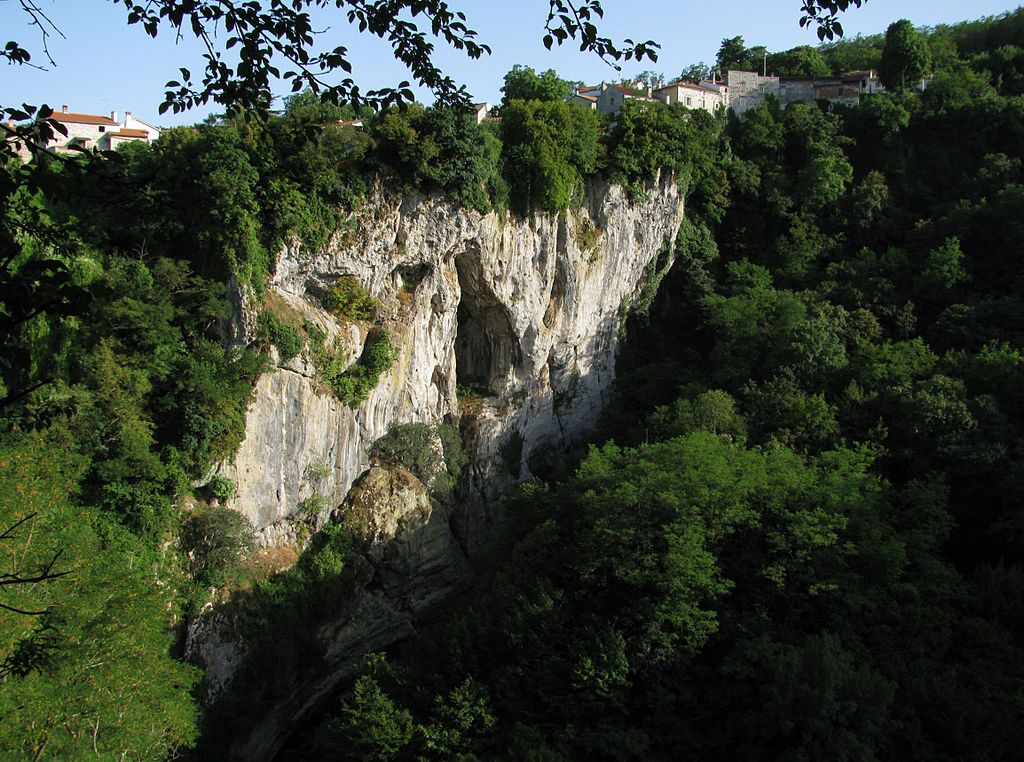
The most surprising fact in this whole story? Jules Verne never actually visited Pazin nor Istria in general. His meticulous descriptions of Pazin, the castle and the Pazin Pit originate from the travelogues of Charles Yriarte named Shores of the Adriatic Sea; Verne was also sent photographs of Pazin by the then mayor Giuseppe Cecho. Seeing that both the first edition of Mathias Sandorf and the Croatian edition include 111 illustrations created by Verne’s collaborator Leon Benett, it’s assumed the artist created his depictions of Pazin on the basis of Yriarte’s descriptions and photographs provided by Cecho. Oh, and speaking of the mayor, Verne sent him a signed copy of the first edition as a token of gratitude.
Next time you visit Istria, let the road take you inland, to an immensely rewarding part of the region that has many surprises up its sleeve. If written descriptions and a couple of photographs of Pazin sufficed to inspire one of the greatest authors of the 19th century to pen an entire novel… who knows what might have happened if he found time for an actual visit.

